The next time you swat a fly or step on an ant, pause for a moment. That tiny creature might have just experienced something remarkably similar to what you’d call fear, frustration, or even a form of grief. For decades, we’ve dismissed insects as mere biological machines, operating purely on instinct without any emotional depth. But groundbreaking research is challenging everything we thought we knew about the inner lives of these six-legged beings.
Recent studies suggest that insects might possess emotional states far more complex than we ever imagined. Scientists are discovering that bees can feel optimistic or pessimistic, fruit flies show signs of anger, and even cockroaches display what appears to be personality traits. This revelation isn’t just fascinating—it’s revolutionary, forcing us to reconsider our relationship with the smallest members of the animal kingdom.
The Traditional View: Insects as Biological Robots
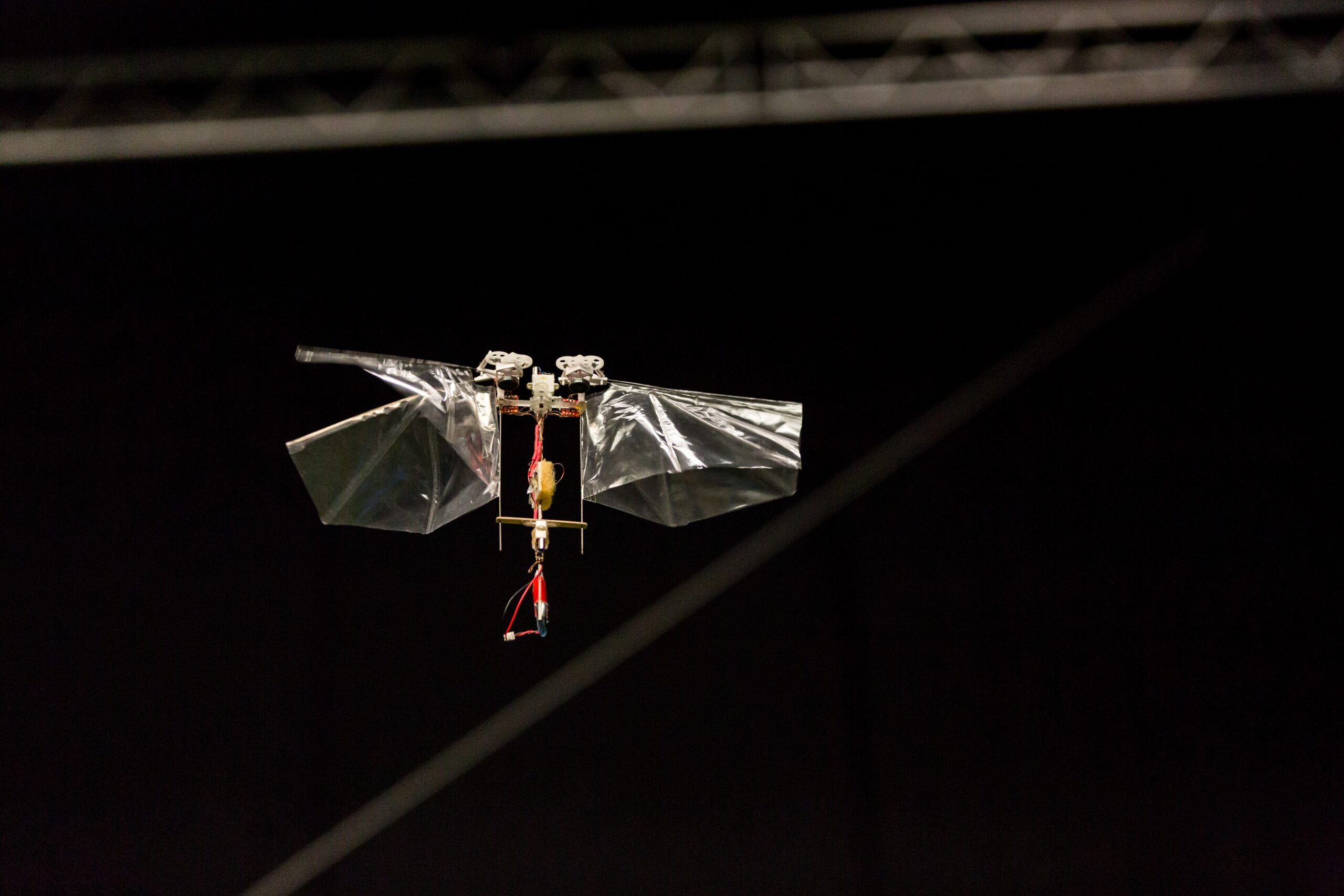
For centuries, scientists viewed insects through a mechanistic lens, treating them as nothing more than sophisticated biological machines. This perspective dominated entomology, with researchers focusing solely on reflexes, instincts, and programmed behaviors. The prevailing wisdom suggested that insects lacked the neural complexity necessary for emotional experiences.
This robotic view seemed logical given insects’ tiny brain sizes and seemingly automatic responses to stimuli. When a moth flies toward light or an ant follows a pheromone trail, it appeared to be pure programming at work. Scientists argued that these behaviors were hardwired responses shaped by millions of years of evolution, with no room for subjective experiences or emotions.
However, this black-and-white perspective began to crack as researchers started asking different questions. Instead of simply observing what insects do, they began investigating how insects might feel about what they’re doing.
The Neurological Foundation: Small Brains, Big Possibilities
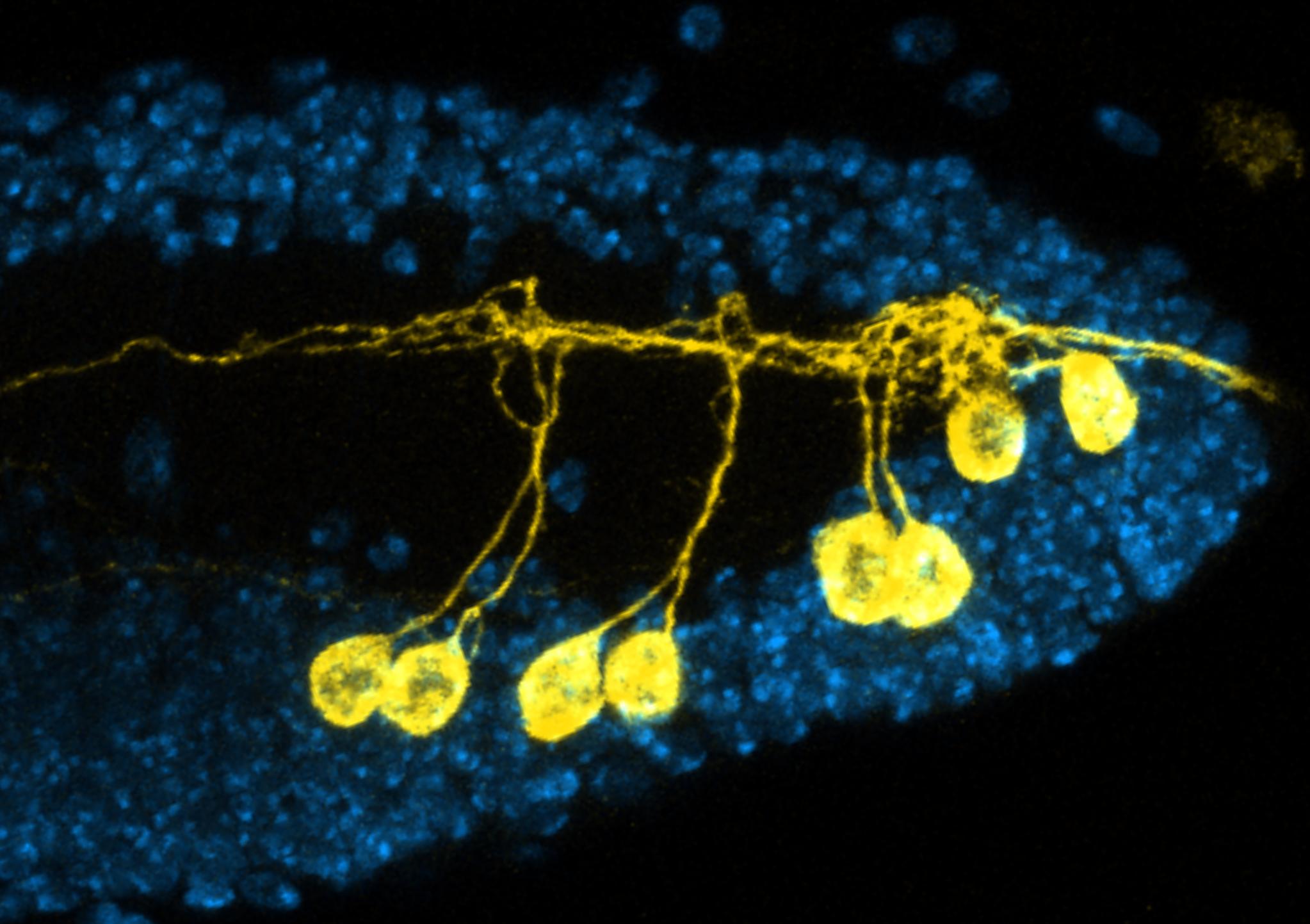
Despite their miniature size, insect brains are marvels of biological engineering that pack incredible complexity into impossibly small spaces. A honeybee’s brain contains nearly one million neurons, while a fruit fly operates with around 100,000—tiny numbers compared to human brains, but remarkably sophisticated nonetheless. These neurons form intricate networks capable of processing information, making decisions, and potentially generating subjective experiences.
Recent neurological studies reveal that insect brains contain structures analogous to those associated with emotions in mammals. Dopamine pathways, for instance, exist in insects and appear to function similarly to reward systems in larger animals. When bees discover a rich source of nectar, their brains flood with dopamine, suggesting they might experience something akin to pleasure or satisfaction.
The architecture of insect brains also includes regions that integrate sensory information and coordinate behavioral responses. This integration process might create the foundation for emotional experiences, even if they differ dramatically from human emotions in complexity and duration.
Pioneering Research: The Bee Optimism Studies
One of the most groundbreaking discoveries in insect emotion research came from studying honeybees and their capacity for optimism and pessimism. Scientists at Newcastle University designed ingenious experiments that revealed bees could develop positive or negative expectations about future events. They trained bees to associate certain locations with sweet rewards or bitter punishments, then observed how the bees responded to ambiguous situations.
Remarkably, bees that had recently experienced unexpected treats showed more optimistic behavior when encountering uncertain circumstances. They approached ambiguous situations with enthusiasm, as if expecting good things to happen. Conversely, bees that had faced recent setbacks displayed pessimistic tendencies, approaching the same situations with caution and reluctance.
This research shattered the assumption that insects simply react to immediate stimuli without any emotional context. The bees weren’t just responding mechanically—they were carrying emotional baggage from past experiences that influenced their future decisions.
Fruit Fly Aggression: Anger in the Insect World
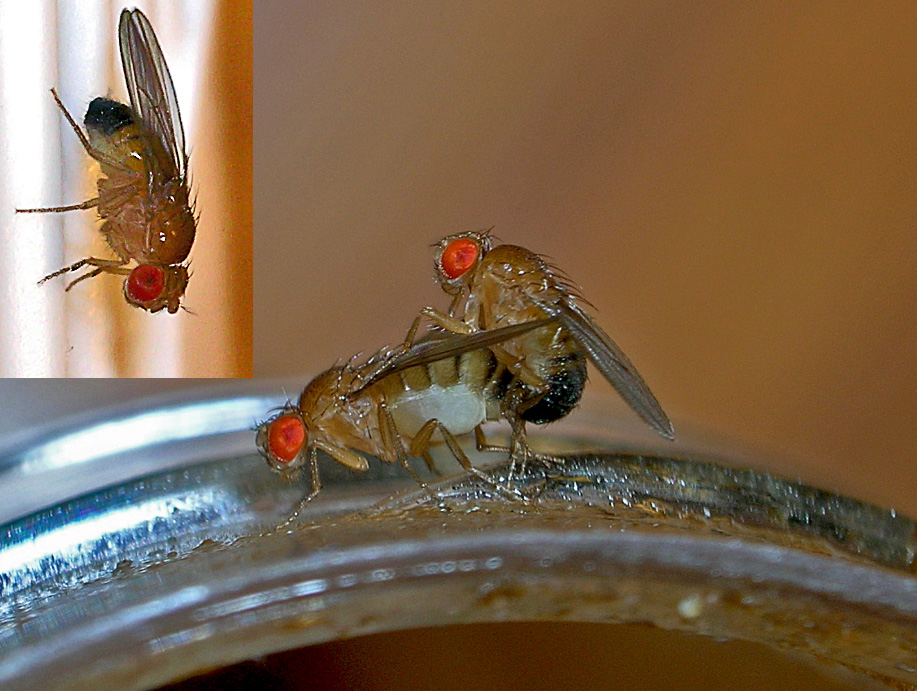
Fruit flies might seem like harmless annoyances buzzing around your kitchen, but these tiny insects display remarkably complex aggressive behaviors that suggest genuine emotional states. When male fruit flies compete for territory or mates, they engage in elaborate fighting rituals that go far beyond simple programmed responses. Their aggression escalates progressively, and they seem to remember opponents from previous encounters.
Scientists at the California Institute of Technology discovered that fruit flies possess neural circuits specifically dedicated to aggressive behavior. When these circuits are artificially stimulated, normally peaceful flies become combative, suggesting that aggression isn’t just a reflexive response but involves dedicated emotional processing. Even more intriguingly, flies that lose fights show signs of what researchers call “depression-like states,” becoming less active and avoiding social interactions.
The persistence of these emotional states is particularly striking. Defeated flies can remain in subdued states for extended periods, indicating that their experiences create lasting changes in behavior and possibly mood.
The Grief Response: Mourning in Ant Colonies
Perhaps the most emotionally charged discovery in insect research involves evidence of grief-like behaviors in ant colonies. When worker ants die, their colony mates don’t simply dispose of the bodies and move on—they often engage in behaviors that remarkably resemble mourning rituals. Some species gather around deceased colony members, touching them repeatedly with their antennae in what appears to be a form of farewell ceremony.
Research has documented instances where ants refuse to abandon dead colony mates, carrying their bodies for days before finally releasing them. This behavior serves no obvious survival function and actually wastes valuable time and energy. The persistence of these behaviors suggests they might serve an emotional rather than purely practical purpose.
Colony disruption following the death of key members also provides evidence for collective emotional responses. When queen ants die, entire colonies can enter periods of reduced activity that mirror depression in more complex animals.
Pain Perception: Do Insects Really Suffer?
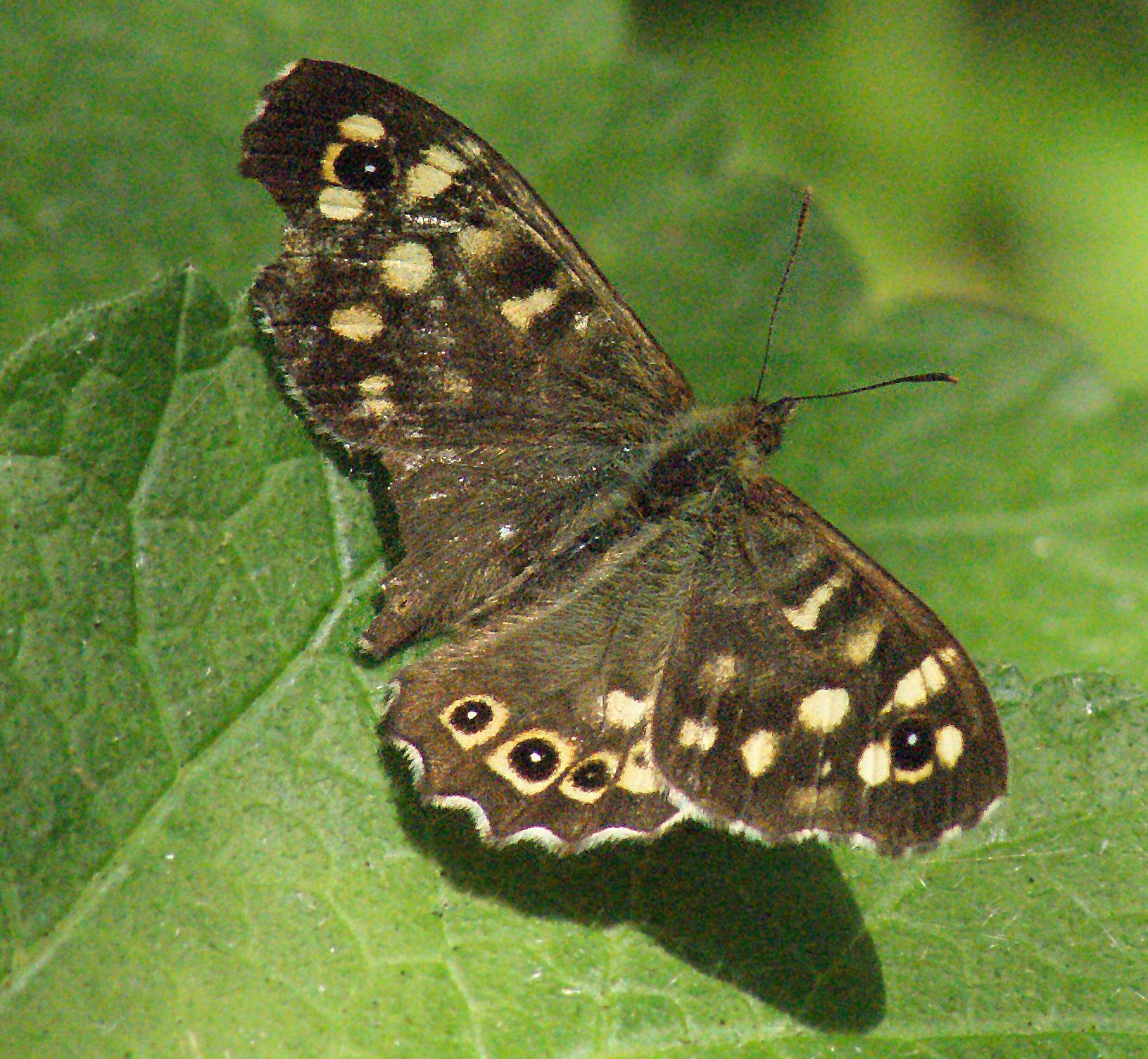
The question of whether insects can experience pain represents one of the most contentious areas in emotion research. Traditional views suggested that insects lack the neural machinery necessary for pain perception, but mounting evidence challenges this assumption. Insects possess nociceptors—specialized cells that detect harmful stimuli—and demonstrate clear avoidance behaviors when injured.
More compelling evidence comes from studies showing that insects modify their behavior after experiencing harmful stimuli, even when the immediate threat has passed. Fruit flies with injured legs continue to favor their uninjured limbs long after wounds have healed, suggesting they might experience something analogous to chronic pain. Similarly, bees that receive electric shocks learn to avoid situations that might lead to similar experiences.
The pharmaceutical industry has even begun testing pain-relief medications on insects, with some compounds showing measurable effects on post-injury behaviors. While insect pain might differ dramatically from human pain, the evidence increasingly suggests that harmful experiences create lasting negative states in these tiny creatures.
Social Emotions: Empathy and Cooperation in Insect Societies
Social insects like ants, bees, and wasps demonstrate behaviors that suggest rudimentary forms of empathy and emotional contagion. When one bee discovers a threat near the hive, her alarm pheromones don’t just convey information—they seem to transmit emotional states to other colony members. The entire hive can shift from calm to agitated within minutes, with individual bees adopting defensive postures even without direct exposure to danger.
Ant colonies display similar emotional synchronization, with stress responses rippling through entire populations. When scout ants encounter obstacles or threats, they return to the colony exhibiting agitated behaviors that quickly spread to other workers. This emotional contagion serves important survival functions but also suggests that insects might be capable of sharing subjective experiences.
Even more remarkable are instances of what appears to be altruistic behavior driven by emotional responses rather than purely genetic programming. Worker bees that sacrifice themselves defending the hive often do so in situations where genetic algorithms alone wouldn’t predict such extreme self-sacrifice.
Memory and Emotional Learning: How Insects Remember Feelings

The relationship between memory and emotion in insects reveals sophisticated cognitive abilities that blur the line between instinct and genuine psychological experience. Bees can remember specific flowers, their locations, and even the time of day when nectar is most abundant—but they also seem to remember how these experiences made them feel. A bee that discovers an exceptionally rich patch of flowers will return repeatedly, displaying what researchers describe as excitement or anticipation.
Fruit flies demonstrate even more complex emotional memory formation. They can learn to associate specific odors with positive or negative experiences, but more importantly, they seem to form emotional impressions that influence future behavior. A fly that experiences stress in connection with a particular scent will avoid that odor for days or even weeks, suggesting that emotional memories persist far longer than simple associative learning would predict.
These findings challenge the notion that insect behavior is purely reactive, revealing instead creatures capable of carrying emotional experiences across time and using them to make nuanced decisions about future actions.
The Stress Response: Insect Anxiety and Coping Mechanisms
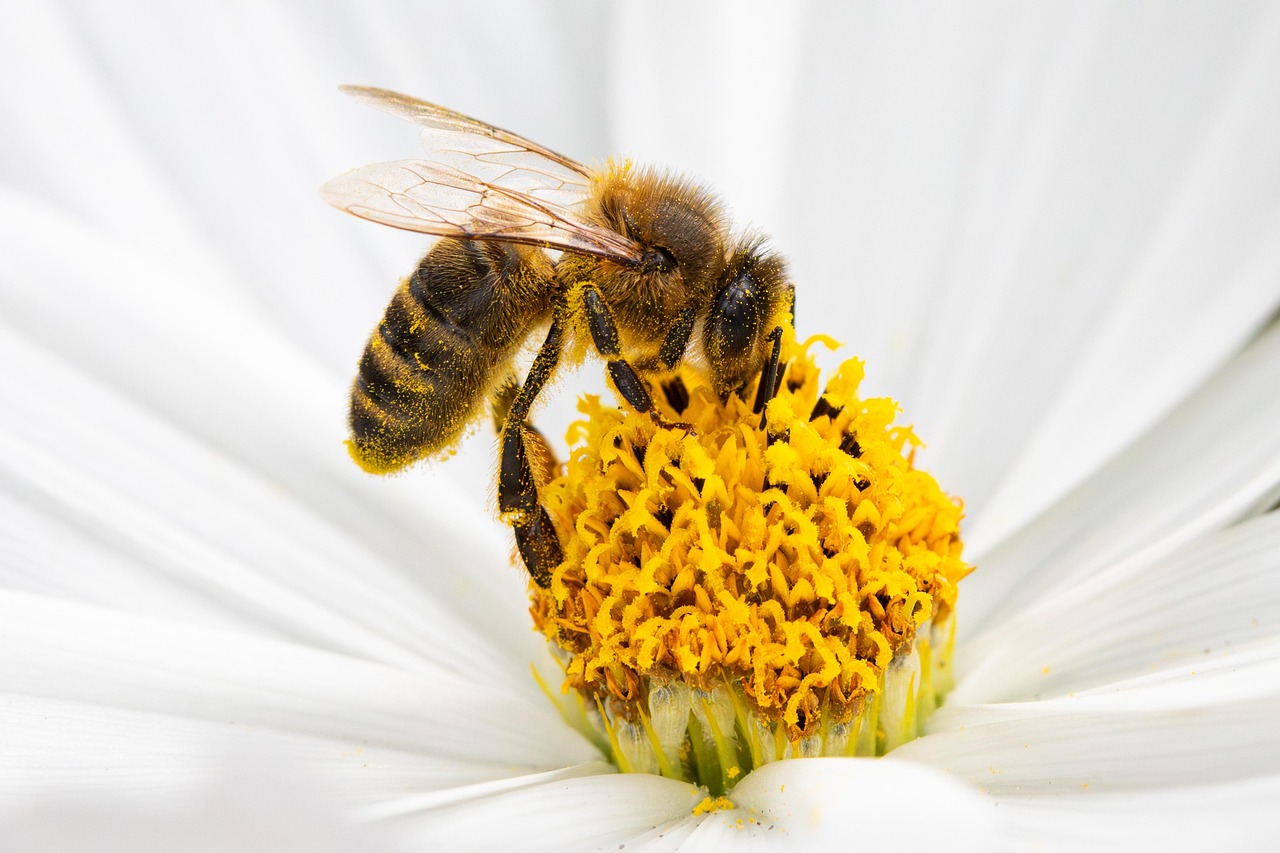
Insects experience stress in ways that mirror anxiety responses in more complex animals, complete with physiological changes and behavioral adaptations. When faced with threatening situations, insects release stress hormones, exhibit elevated heart rates, and display behaviors remarkably similar to anxiety in mammals. Crickets exposed to predator odors show increased vigilance and reduced feeding behavior that can persist for hours after the threat has passed.
Perhaps most intriguingly, insects seem to develop individual coping strategies for dealing with stress. Some bees become more exploratory when anxious, venturing into new territory as if seeking escape routes. Others become more conservative, sticking to familiar foraging patterns and avoiding novel situations. These individual differences suggest that insects might possess something analogous to personality traits shaped by emotional experiences.
The discovery of stress-reduction behaviors in insects provides even more compelling evidence for emotional complexity. Bees engage in what researchers call “grooming storms” when stressed, rapidly cleaning themselves in repetitive motions that seem to serve no hygiene purpose but appear to provide emotional relief.
Environmental Influences: How Surroundings Shape Insect Emotions
The emotional states of insects appear to be heavily influenced by environmental factors, creating complex interactions between external conditions and internal experiences. Temperature fluctuations, humidity levels, and seasonal changes all seem to affect insect mood and behavior in ways that go beyond simple physiological responses. Bees working in optimal weather conditions display more exploratory behavior and seem more willing to take risks, while those facing harsh conditions become more conservative and cautious.
Social environment plays an equally important role in shaping insect emotions. Isolated bees show signs of stress and depression-like behaviors, becoming less active and showing reduced interest in foraging. When reunited with colony mates, these same bees quickly return to normal activity levels, suggesting that social interaction serves important emotional functions beyond simple task coordination.
The impact of human activities on insect emotional well-being represents an emerging area of concern. Pesticide exposure, habitat fragmentation, and noise pollution all appear to create chronic stress in insect populations, potentially affecting their emotional states and behavioral patterns in ways we’re only beginning to understand.
Species Variations: Not All Insects Are Emotionally Equal
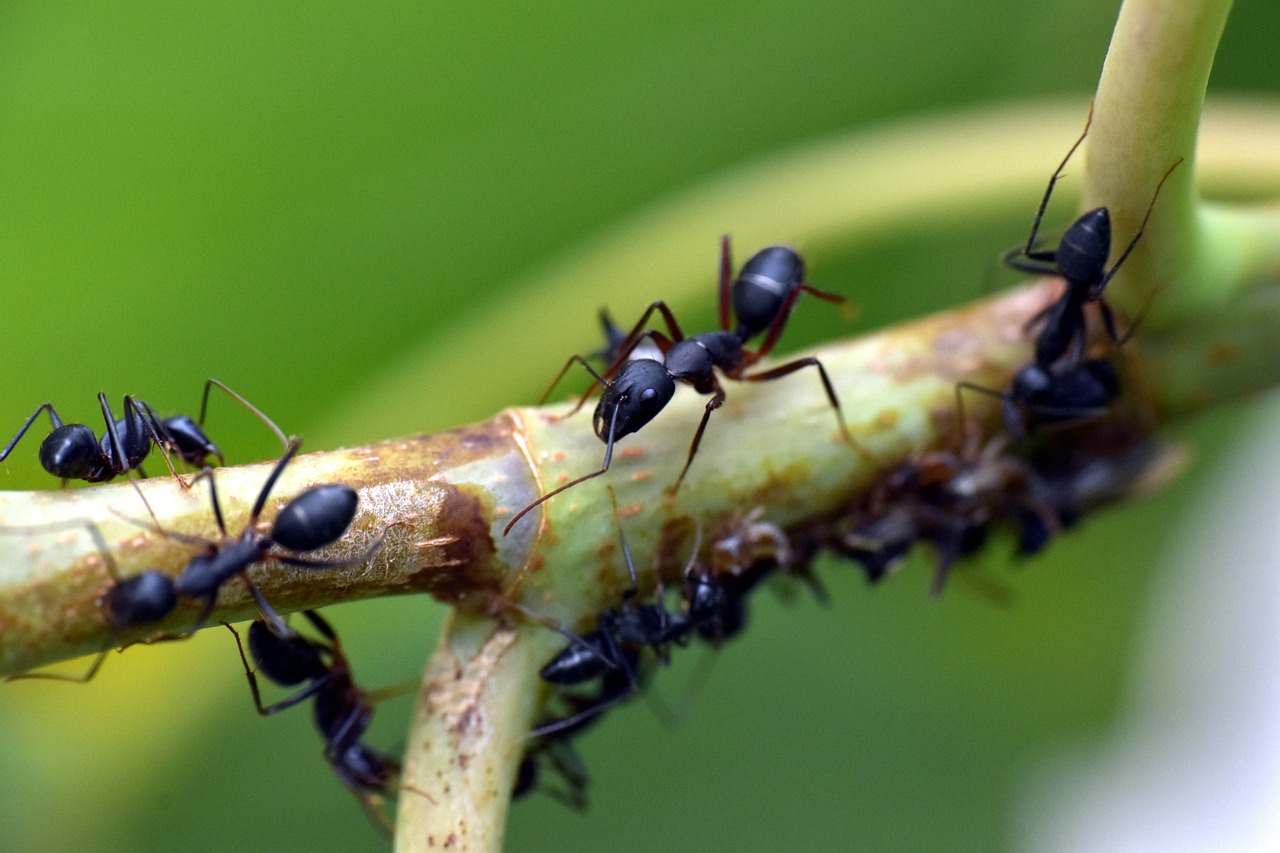
The capacity for emotional experience varies dramatically across insect species, with social insects generally displaying more complex emotional behaviors than their solitary counterparts. Honeybees and ants show sophisticated emotional responses that reflect their complex social structures, while many solitary insects display simpler but still recognizable emotional states. Butterflies, for instance, show clear preferences and what appears to be pleasure-seeking behavior when selecting flowers, but their emotional range seems more limited than that of social species.
Brain structure correlates strongly with emotional complexity across insect species. Insects with larger, more complex brains tend to display more sophisticated emotional behaviors and longer-lasting emotional states. Dragonflies, with their relatively large brains and complex hunting behaviors, show emotional responses that persist longer than those of simpler insects like aphids.
These species differences highlight the evolutionary nature of emotional development, suggesting that emotional capacity has evolved multiple times in response to different environmental pressures and social demands. The diversity of emotional expression across insect species rivals that found in many vertebrate groups.
Evolutionary Advantages: Why Insects Developed Emotions
The evolution of emotional capacity in insects makes perfect sense when viewed through the lens of survival advantage. Emotions provide rapid, flexible responses to complex situations that simple programmed behaviors cannot address. An ant that can feel fear about a dangerous path will find alternative routes more quickly than one operating purely on algorithmic responses. A bee that experiences satisfaction from discovering rich nectar sources will remember and return to productive locations more reliably.
Emotional states also enable insects to weigh competing priorities in real-time. A hungry bee might normally ignore mild threats, but one that has recently experienced danger might choose caution over food acquisition. This emotional flexibility allows insects to adapt their behavior to changing circumstances without waiting for evolutionary pressures to modify their genetic programming.
The social advantages of emotional capacity become even more apparent in colonial species. Emotional communication through pheromones and behaviors allows entire colonies to coordinate responses to threats and opportunities more effectively than purely mechanical systems would permit.
Implications for Conservation: Rethinking Our Relationship with Insects
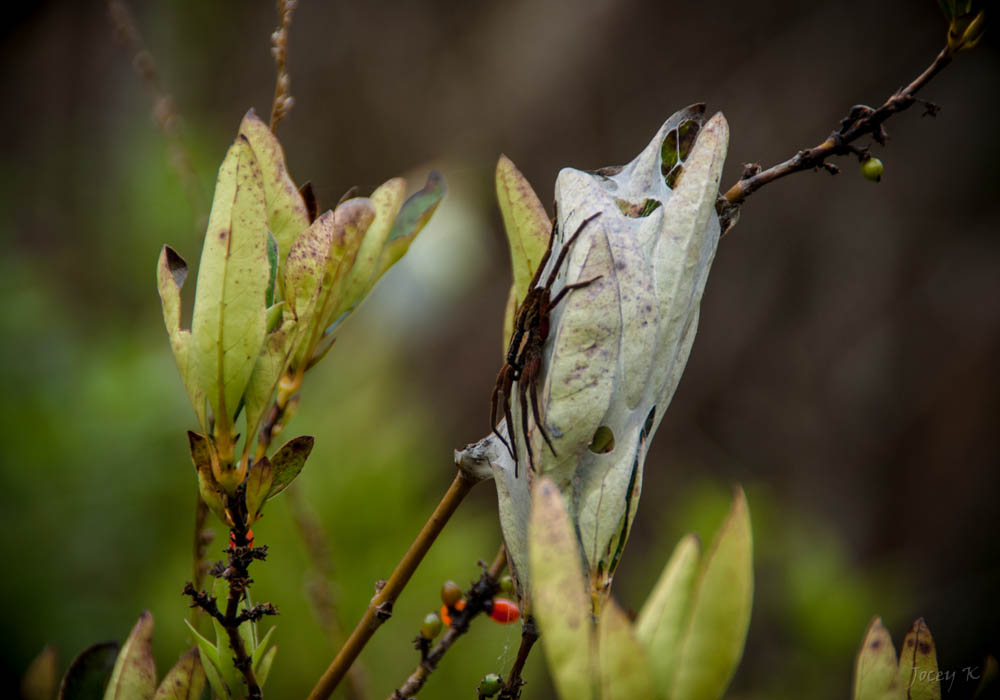
The growing evidence for insect emotions carries profound implications for conservation efforts and our broader relationship with the natural world. If insects can experience suffering, then habitat destruction and pesticide use take on new moral dimensions that extend beyond simple ecological concerns. The mass die-offs of bee colonies and other insect populations might represent not just environmental disasters but also enormous amounts of individual suffering.
Conservation strategies may need to incorporate considerations of insect welfare alongside traditional ecological metrics. Protecting insect habitats becomes not just about maintaining ecosystem services but also about preserving the emotional well-being of countless individual creatures. This perspective might lead to more nuanced approaches to pest management that consider the capacity for suffering in target species.
The revelation of insect emotions also challenges us to reconsider our casual attitudes toward these creatures. The next time you encounter a bee or butterfly, you might find yourself wondering about its internal experience and treating it with a degree of respect previously reserved for more “charismatic” animals.
Future Research: Unlocking the Mysteries of Tiny Minds
The field of insect emotion research stands at an exciting crossroads, with new technologies opening unprecedented windows into the inner lives of these creatures. Advanced brain imaging techniques are beginning to reveal real-time neural activity in insects, potentially allowing scientists to observe emotional states as they occur. Genetic tools may soon enable researchers to manipulate specific emotional circuits, providing clearer evidence for the biological basis of insect feelings.
Artificial intelligence and machine learning applications hold particular promise for decoding insect behavior patterns that might indicate emotional states. By analyzing vast amounts of behavioral data, computers might identify subtle emotional signals that human observers miss. These technologies could revolutionize our understanding of how insects experience their world.
The development of more sophisticated experimental methods will likely reveal even greater emotional complexity in insects than current research suggests. As our tools improve, so does our ability to detect and understand the nuanced emotional lives of creatures whose experiences differ radically from our own.
The evidence for insect emotions represents one of the most significant shifts in our understanding of consciousness and feeling in the animal kingdom. From bees displaying optimism to ants showing grief, from fruit flies experiencing anger to crickets coping with anxiety, the emotional lives of insects prove far richer than anyone imagined just decades ago. These discoveries don’t just change how we think about insects—they challenge our assumptions about consciousness itself and our place in a world filled with feeling creatures of all sizes. The next time you see an insect going about its business, remember that you might be witnessing not just behavior, but genuine emotional experience unfolding in a mind vastly different from, yet surprisingly similar to, your own. What other emotional mysteries might be hiding in the smallest corners of our world?

